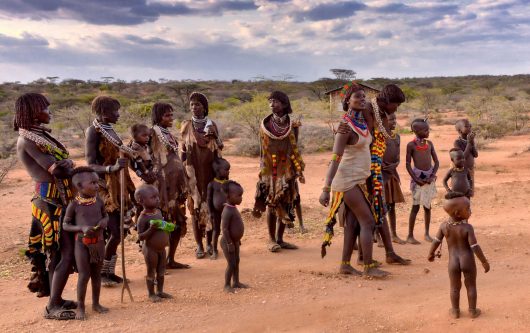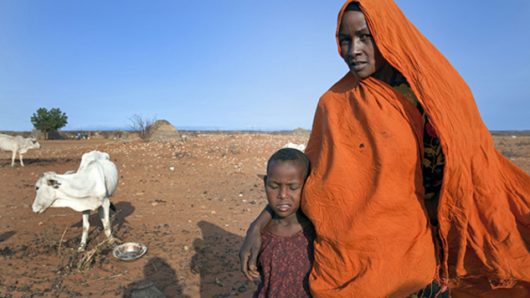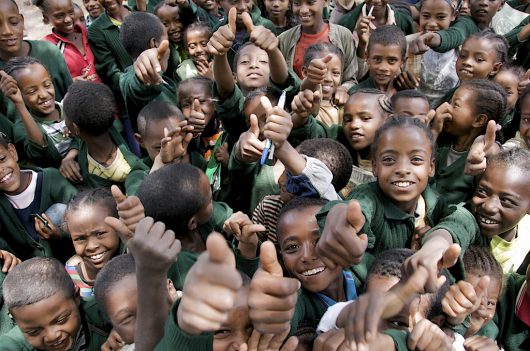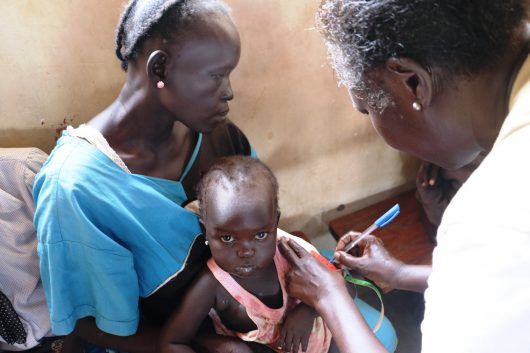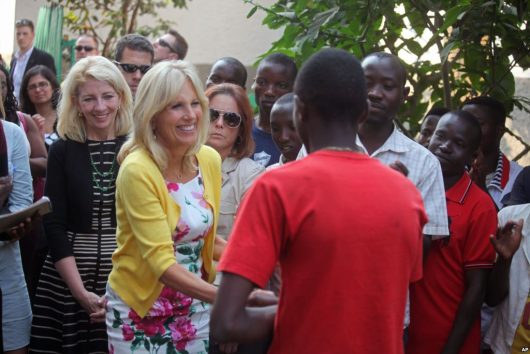
With a population of more than 102 million people, Ethiopia is in the top 15 most populous countries in the world. Poverty is a key component to this large number. The people behind these digits have been associated with both suffering and fulfillment in four specific divisions. Outlined below are facts and figures in Ethiopia.
Agriculture
The central plateau of Ethiopia nurtures one of the largest areas of fertile land in east Africa. These highlands supply farmers with agricultural opportunities to grow many of their exported goods. Selling commodities range anywhere from vegetables to sesame seeds. In fact, reports state that coffee is the largest foreign exchange earner for Ethiopia. Despite Ethiopia’s dependence on agriculture sectors for much of its economic growth, only 5% of Ethiopia’s land gets irrigated. Organizations such as Farm Africa are working to help Ethiopian farmers transform this percentage. This form of aid is extremely effective in lifting many Ethiopians out of poverty. One of Farm Africa’s most recent success stories includes training farmers to grow ginger and pepper. These crops are grown in small plots and then sold for top dollar.
Climate
Throughout 2015 and 2016, Ethiopia suffered a change in normal weather patterns. The shift in climate resulted in the worst drought the country had experienced in 30 years. The shortage of rain left many Ethiopians jobless and lacking food security. The U.N. World Meteorological Organization predicts a 50-60% chance of an El Niño event forming in the middle to late 2017. If this warming trend repeats itself, Ethiopia will be faced with famine and deprivation once again. The World Bank is currently backing a project called Multi-sector Investment Planning for Climate Resilience to assist with environmental issues. The platform mobilizes for new and additional climate finance for resilient landscapes in priority sectors. The targets include funding for natural disaster management, climate change, land management and water resource management. This project will remain active until 2018.
Food Security and Nutrition
On top of the 7.8 million people in Ethiopia requiring relief from last year’s drought, an additional eight million rely on the government of Ethiopia’s Productive Safety Net Program to receive food. According to UNICEF, unstable access to food directly relates to the undernutrition and malnutrition taking place in Ethiopia. Over the past decade, the importance of tackling malnutrition has grown. In 2012 the World Health Assembly adopted the 2025 Global Targets for Maternal, Infant and Young Child Nutrition. In 2013 donors committed $23 billion to improve nutrition. With the recent naming of 2016-2025 as the United Nations Decade of Action on Nutrition, more people have begun to recognize the importance proper nutrition holds.
Healthcare
The World Health Organization (WHO) reports maternal mortality, malaria, tuberculosis and HIV/AIDS as significant contributors to Ethiopia’s health issues. Health institutions remain severely underfunded in Ethiopia and many are out of reach. Consequently, many of these health problems continue to exist. On the bright side, the country has seen progress in increasing vaccinations and reducing the number of new HIV cases. According to the 2016 Ethiopia Demographic and Health Survey, vaccination coverage among children has increased substantially. Now, 81% of children 12-23 months are vaccinated against polio. Another study concludes 58% of women and 77% of men age 15-49 acknowledge that the constant use of condoms is a reliable form of preventing the spread of HIV.
The above facts and figures in Ethiopia showcase the country’s share of failures and victories. Poverty can be identified as the backbone of each sector, ranging from agriculture to healthcare. Though the summarized hardships appear bleak, it’s the continuous improvements that count for Ethiopia.
– Emilee Wessel
Photo: Flickr
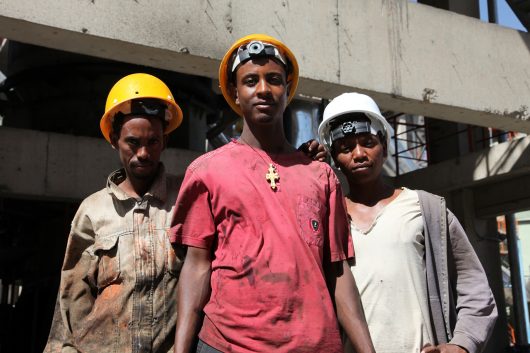

 Ruled by kings until 1974, the Ethiopian Federal Democratic Republic now remains in the relatively early stages of development. With a total population of 99.4 million, Ethiopia has the second largest population in Sub-Saharan Africa. However, it is one of the poorest countries in the world.
Ruled by kings until 1974, the Ethiopian Federal Democratic Republic now remains in the relatively early stages of development. With a total population of 99.4 million, Ethiopia has the second largest population in Sub-Saharan Africa. However, it is one of the poorest countries in the world.